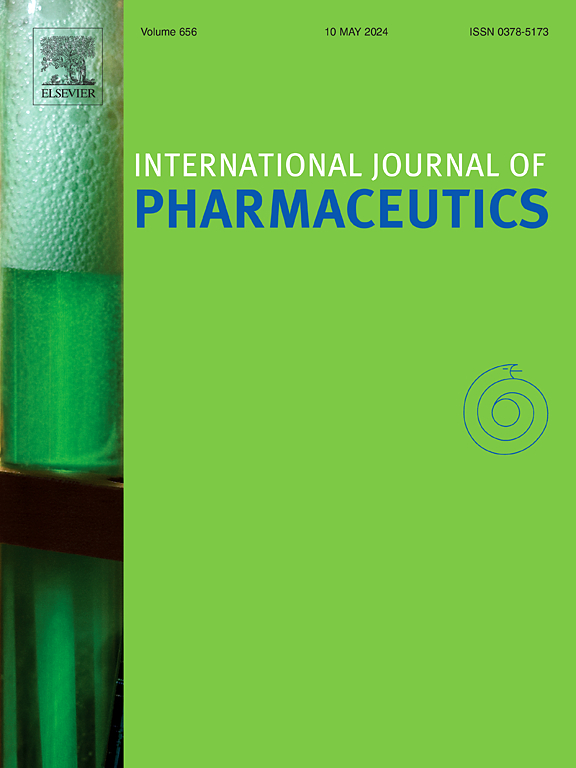Topical drug formulation for enhanced permeation: A comparison of Bayesian optimisation and response surface methodology with an ibuprofen-loaded poloxamer 407-based formulations case study
IF 5.3
2区 医学
Q1 PHARMACOLOGY & PHARMACY
引用次数: 0
Abstract
Topical skin products aim to address aesthetic, protective, and/or therapeutic needs through interaction with the human epidermal system. Traditionally, formulation development relies on empirical knowledge and trial-and-error experiments. In this paper, we introduced the Bayesian optimisation method and compared it with the traditional response surface methodology (RSM) for topical drug formulation. The objective was to optimise the formulation composition of ibuprofen gel-like to achieve a maximum flux through in vitro permeation tests (IVPTs). As a model system, poloxamer 407, ethanol, and propylene glycol (PG) were selected as the key excipients, whose concentrations were optimised. Strat-M membrane, serving as a surrogate for human skin, and Franz cell diffusion were employed in IVPTs. Two sets of experiments were conducted under identical conditions for 30 h. Under the RSM approach, the optimised ibuprofen gel-like formulation was identified with a poloxamer 407: ethanol: PG ratio of 20:20:10, achieving a measured permeation flux of 11.28 ± 0.35 μg cm−2h−1. In comparison, Bayesian optimisation, after four iterations, yielded an optimised formulation with a ratio of 20.95:19.44:12.14, resulting in a permeation flux of 14.15 ± 0.77 μg cm−2h−1. These findings highlight the potential of Bayesian optimisation as an effective tool for improving topical drug formulations.

求助全文
约1分钟内获得全文
求助全文
来源期刊
CiteScore
10.70
自引率
8.60%
发文量
951
审稿时长
72 days
期刊介绍:
The International Journal of Pharmaceutics is the third most cited journal in the "Pharmacy & Pharmacology" category out of 366 journals, being the true home for pharmaceutical scientists concerned with the physical, chemical and biological properties of devices and delivery systems for drugs, vaccines and biologicals, including their design, manufacture and evaluation. This includes evaluation of the properties of drugs, excipients such as surfactants and polymers and novel materials. The journal has special sections on pharmaceutical nanotechnology and personalized medicines, and publishes research papers, reviews, commentaries and letters to the editor as well as special issues.

 求助内容:
求助内容: 应助结果提醒方式:
应助结果提醒方式:


